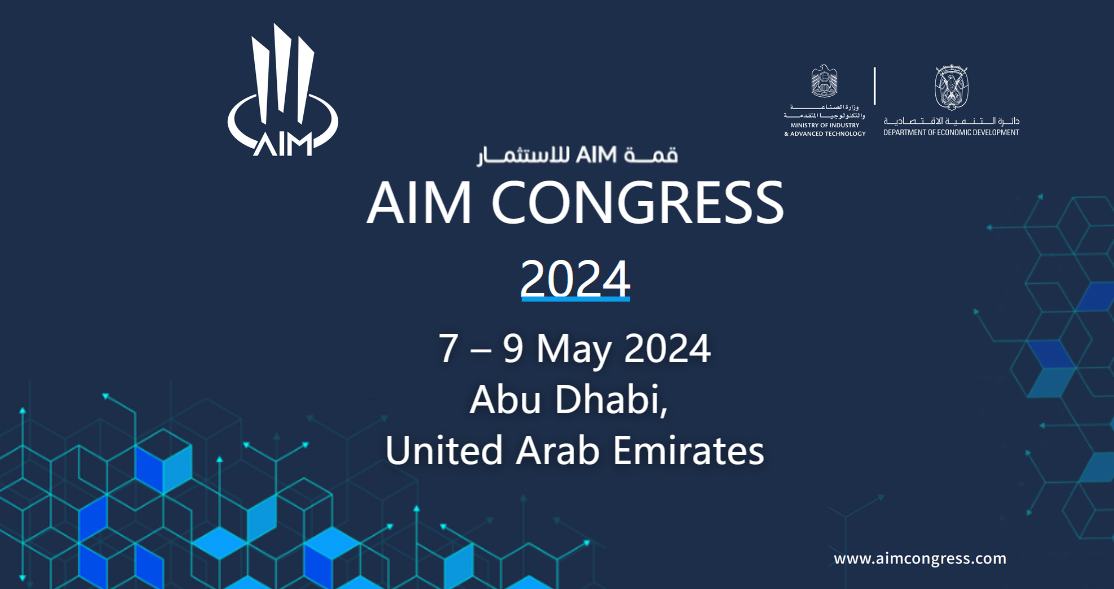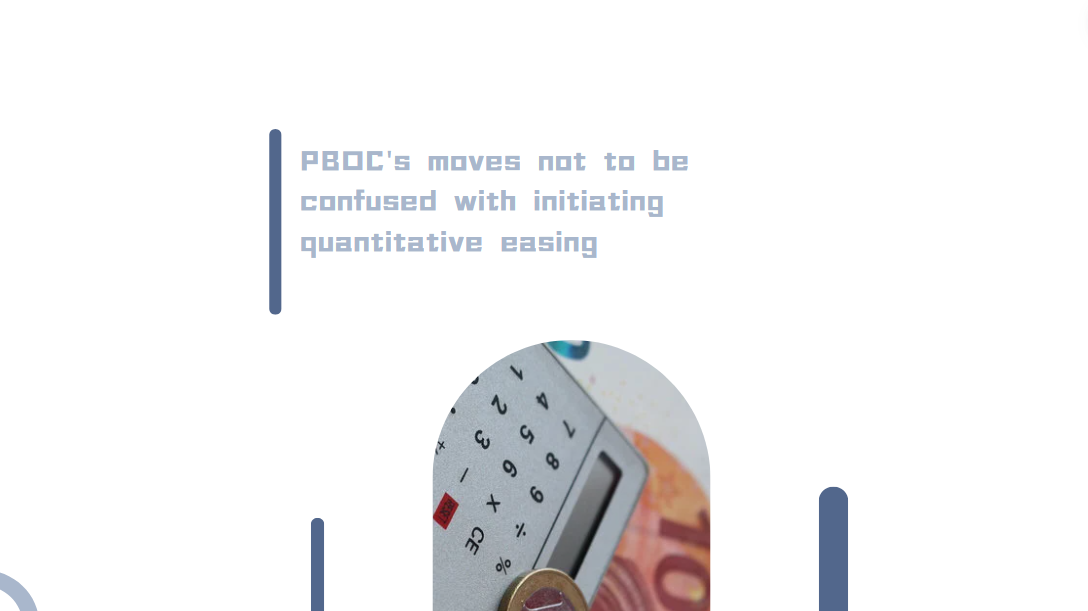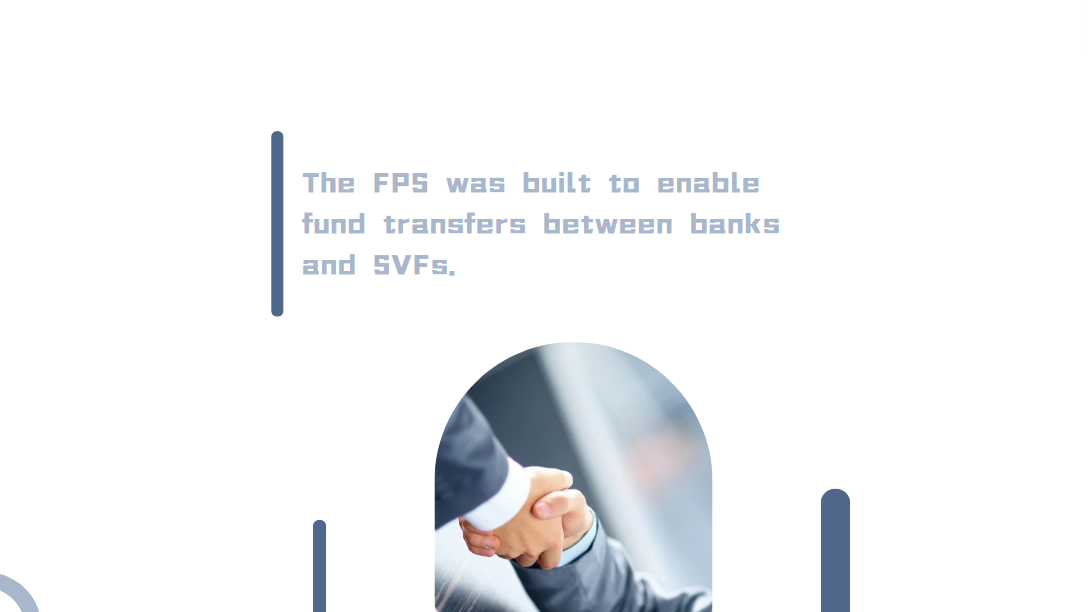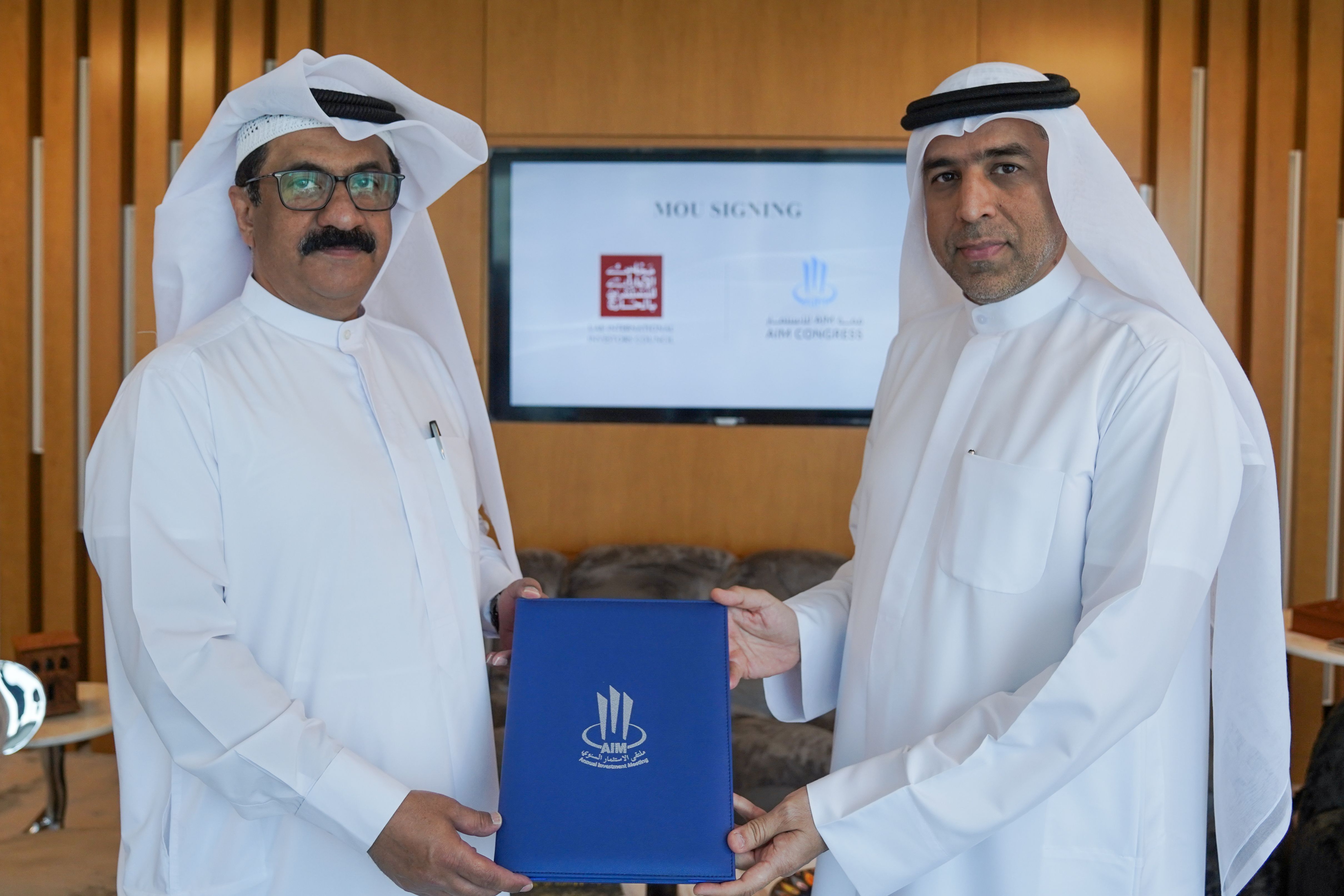Keynote Speech by Governor Pan Gongsheng at the “Deepening Financial Cooperation in Asia” Session of Boao Forum for Asia Annual Conference 2024
Distinguished guests,
Good morning! It’s my great pleasure to attend the Boao Forum for Asia Annual Conference. I would like to share my views on how we can strengthen the Asian financial safety net from the global, regional, bilateral, and national perspectives.
At the global level, we should push forward the IMF quota reform. This can unleash the potential of the IMF at the center of the global financial safety net. Yesterday morning, the IMF Managing Director visited the PBOC and we discussed this topic, among others.
The IMF is a quota-based international financial institution. The total size of the quota determines the IMF’s lending capacity, and the quota share decides member countries’ voting power and how much they can borrow from the IMF.
A quota share realignment is vital for the IMF's governance, representation, and legitimacy. The 16th General Review of Quotas has been concluded recently with an equiproportional quota increase. It will further enhance the IMF’s capacity to respond to crises. However, the current quota share has been long overdue in reflecting members’ relative weight in the world economy. This is why the need for realigning quota share is so urgent to improve the IMF’s governance and enhance its capacity.
Asian countries need to work together to advance the IMF quota reform and expedite the quota share realignment. We hope to better reflect Asian countries’ relative positions in the world economy and raise the voice and representation of overall emerging markets and developing countries. We urge all stakeholders to build consensus on a new quota formula with no further delay. This will pave the way for the quota share realignment and ensure the IMF remains a rule-based institution committed to true multilateralism.
At the regional level, we need to enhance the effectiveness and the regional nature of the CMIM.
First, we should stick to the goal of safeguarding regional financial stability. Thanks to constant reforms since its establishment in 2000, the CMIM has made continuous progress in size, toolkits and economic surveillance of the region. The CMIM is already a critical part of the regional financial safety net. Going forward, we should continue to focus on our goal of safeguarding financial stability, further improve the functioning of the CMIM, and better defend the region against external shocks.
Second, the CMIM needs to fully capture the new developments of the international monetary system and reflect the regional nature. The introduction of local currency contribution in 2021 provides more financing sources and options in addition to financing in USD. The ongoing discussion on ways to introduce freely usable currencies to the CMIM will enhance its regional nature to meet the actual demand of the region. It will also fully tap the potentials of freely usable currencies and improve flexibility and accessibility of the financial support.
In addition, we could explore the feasibility of a paid-in structure for a legal entity. In recent years, there have been calls from the market and the academia for establishing a new legal entity to strengthen the Asian financial safety net. The ASEAN plus Three members are also exploring the necessity and possibility of a paid-in structure. The broadly shared desires are worth greater attention and further study. The introduction of freely usable currencies could also allow for more options on this front and consequent reforms.
At the bilateral level, currency swaps would continue to play a supportive role.
Bilateral currency swap is an important layer of the financial safety net. It can promote bilateral trade and investment, and complement the global financial safety net. For example, during previous episodes of global financial market turbulence or banking crises, emergency liquidity support through bilateral swaps among major central banks effectively reduced market volatility.
Bilateral currency swaps have been growing in Asia over the years. As the Asian economic integration deepens, the demand for local currency settlement has been on the rise in Asia. Now the total size of bilateral currency swaps between ASEAN plus Three economies has exceeded USD380 billion.
The PBOC has signed bilateral currency swap agreements with 29 central banks and monetary authorities. These swaps, totaling more than RMB4 trillion, have played a key role in promoting cross-border trade and investment. Some of them were an integral part of the IMF-led global bailout efforts. Going forward, the PBOC stands ready to deepen currency cooperation with our partners in the region to facilitate trade and investment and maintain regional financial stability.
At the national level, enhancing financial safety net at home is essential for the economic resilience and prosperity of Asian economies. Now, let me briefly touch on how we build the financial safety net in China.
China attaches great importance to preemptive prevention and resolution of financial risks. We followed the principle of “prevention of excessive build-up of financial risks ex ante, and swift and efficient resolution ex post”. Towards this end, we have made great efforts on the following fronts:
The first is to enhance the corporate governance and risk management of financial institutions. Sound financial institutions are the groundwork of the financial safety net. At the beginning of this century, the Chinese authorities successfully restructured some large state-owned banks. Now, these banks have become main pillars of China's financial system in supporting China’s fast and sustained economic growth over the years.
The second is to strengthen financial regulation. Financial regulation is the first line of defense of the financial safety net. We have adapted our financial regulatory regime to changes of the financial market and financial system. The objectives are to optimize the functions and enhance the synergy of macro-prudential, micro-prudential and conduct regulation.
The third is to reinforce resources for risk resolution. In China, we have Deposit Insurance Fund, Insurance Security Fund, Securities Investor Protection Fund, Trust Protection Fund, and Financial Stability Fund. These funds have already accumulated some financial resources. Established in 2015, the deposit insurance scheme now provides full protection for over 99 percent of depositors with a coverage ceiling of RMB500,000. It charges risk-based differentiated premiums to encourage prudent operation and early risk correction.
The fourth is to act as the lender of last resort. The PBOC has played a crucial role in large bank restructuring and reform, financial risk resolution, and prevention of systemic financial risks. Thanks to the efforts over the years, we have maintained financial stability in China.
The fifth is to step up legislative efforts on financial stability. China is formulating the Financial Stability Law. We aim to establish a risk resolution mechanism with well-aligned responsibilities and rights, compatible incentives and constraints, and reasonable cost sharing.
Ladies and gentleman, strengthening the Asian financial safety net requires solidarity and collaboration of all parties. The PBOC stands ready for close communication and collective action to build a more effective financial safety net.
Thank you.













































First, please LoginComment After ~